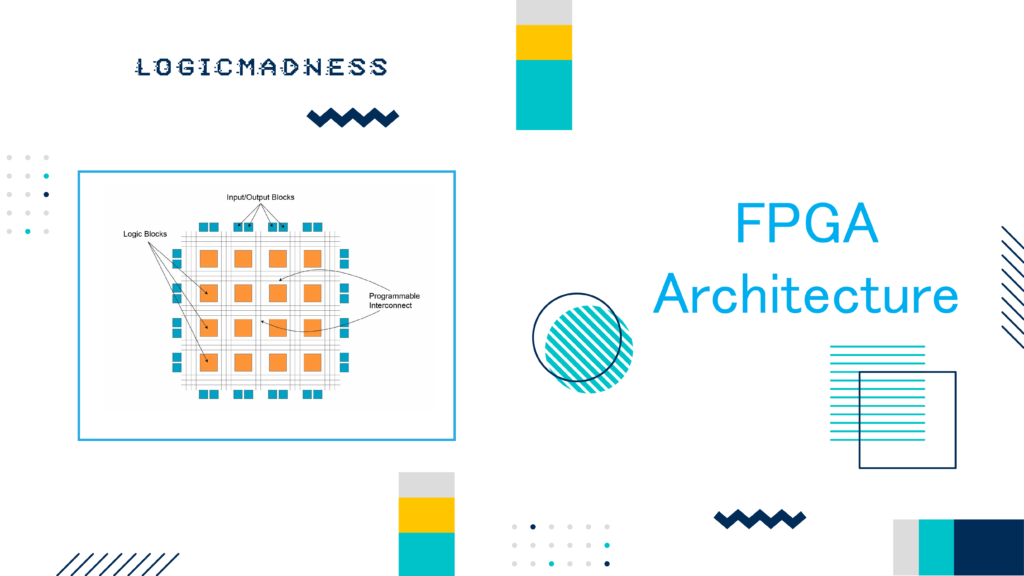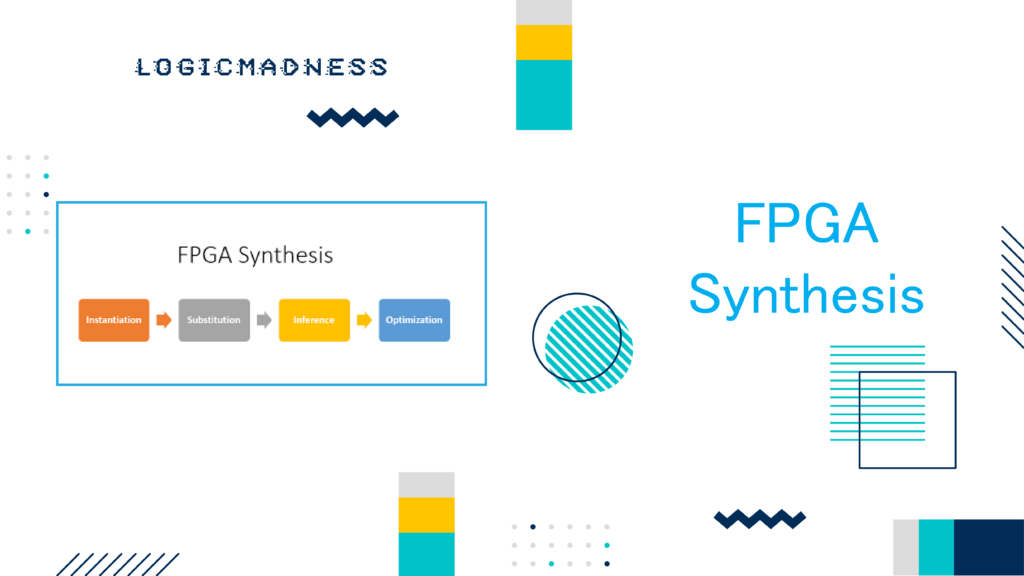Welcome to this comprehensive roadmap designed to help you become an expert in FPGA (Field Programmable Gate Array) engineer. If you have a passion for technology and want to explore a rewarding career in this field, this guide will provide you with all the essential details. Whether you’re just starting out or looking to advance your career, this roadmap will give you the tools to succeed.
FPGA technology is revolutionizing industries like telecommunications, aerospace, and automotive. As an FPGA engineer, you’ll work on cutting-edge projects, designing and implementing complex digital logic circuits. In this guide, we’ll cover everything from the basics of FPGA technology to the skills, education, and career paths necessary to thrive in this rapidly growing sector.
What Are FPGAs?
FPGAs (Field Programmable Gate Arrays) are powerful integrated circuits that can be programmed and reconfigured after they are manufactured. Unlike ASICs (Application-Specific Integrated Circuits), which are designed for specific tasks, FPGAs offer flexibility for a wide range of applications. This makes them ideal for use in areas like telecommunications, automotive, and aerospace.
Key Features of FPGAs
| Feature | Description |
|---|---|
| Flexibility | Can be reprogrammed to perform different tasks after manufacturing. |
| Versatility | Useful in many industries for a wide range of applications. |
| Programmable Logic Blocks | Consists of configurable logic blocks that can be tailored for specific tasks. |
| Interconnects | Allows communication between different parts of the FPGA. |
The Technology Behind FPGAs
FPGAs are based on “reconfigurable hardware,” which means their logic blocks and interconnects can be defined using hardware description languages (HDLs) such as VHDL or Verilog. Engineers write code in these languages to define the functionality of the FPGA, then compile the code into a configuration bitstream. This bitstream is loaded into the FPGA to configure its behavior.
FPGA Programming Process
| Step | Description |
|---|---|
| Code Writing | Use VHDL or Verilog to describe the desired FPGA functionality. |
| Synthesis | Convert the code into a configuration bitstream that can be loaded into the FPGA. |
| Loading | Upload the bitstream to the FPGA, which sets its behavior. |
This reconfigurability allows FPGA engineers to prototype and develop complex digital systems quickly, without needing custom-designed ASICs.
Basics of Digital Logic Design
Digital logic design is the backbone of FPGA engineering. It involves creating and implementing circuits using Boolean algebra and digital components. Engineers must understand how to combine these components to build reliable and efficient FPGA designs.
Core Concepts in Digital Logic Design
| Concept | Description |
|---|---|
| Boolean Algebra | Mathematical foundation for logical operations. |
| Logic Gates | Basic components (AND, OR, NOT) for building circuits. |
| Flip-Flops | Storage elements used to hold binary data. |
| Multiplexers | Devices that select one input from multiple signals. |
These core concepts are essential for FPGA engineers to design functional and optimized logic circuits.
Essential Skills and Education for FPGA Engineers
To succeed as an FPGA engineer, you need a combination of technical skills and educational qualifications. Below are the key skills and education you’ll need to excel in this field.
Key Skills for FPGA Engineers
| Skill | Description |
|---|---|
| HDL Proficiency | Expertise in hardware description languages like VHDL and Verilog. |
| Circuit Design | Knowledge of digital and analog circuit design. |
| Problem Solving | Ability to address complex design challenges. |
| Attention to Detail | Precision in both design and implementation. |
Developing these skills is essential for creating efficient, reliable FPGA designs.
Educational Path for FPGA Engineers
| Degree | Description |
|---|---|
| Bachelor’s Degree | A degree in electrical engineering, computer engineering, or a related field is ideal. |
| Coursework | Focus on digital systems, computer architecture, and programming languages. |
| Certifications | Professional certifications from organizations like Xilinx and Intel can boost your career. |
Staying updated with the latest FPGA advancements through continuous learning will enhance your career prospects.
Career Paths for FPGA Engineers
FPGA engineers can explore a variety of career paths across different industries. The flexibility and versatility of FPGA technology open doors in areas like embedded systems, hardware engineering, software development, and more.
1. Embedded Systems Engineering
Embedded systems are found in devices across multiple industries, such as automotive, aerospace, and consumer electronics. As an FPGA engineer, you would design hardware and software systems that are integrated into these devices.
2. Hardware Engineering
FPGA engineers are in demand for their expertise in digital circuit design and system integration. In this role, you might work on creating printed circuit boards (PCBs) or high-speed communication interfaces.
3. Software Engineering
FPGA engineers can also specialize in software development, particularly in creating firmware that interacts with hardware. This role combines knowledge of digital logic and programming languages like VHDL and Verilog.
4. Other Related Fields
Beyond embedded systems, hardware, and software engineering, FPGA engineers can also work in fields like signal processing, telecommunications, robotics, and artificial intelligence. The growing use of FPGA technology means that new opportunities are always emerging.
Summary of Career Paths for FPGA Engineers
| Career Path | Skills Required | Potential Job Opportunities |
|---|---|---|
| Embedded Systems | Microprocessors, microcontrollers, firmware development | Automotive, aerospace, healthcare, consumer electronics |
| Hardware Engineering | Digital circuit design, system integration | Electronics manufacturing, semiconductor industry, R&D |
| Software Engineering | VHDL, Verilog, software-hardware interaction | Embedded systems companies, software development firms |
| Other Fields | Signal processing, robotics, telecommunications | Various emerging industries, research organizations |
FPGA engineers are highly sought after across industries like telecommunications, defense, and automotive. With the right skills and ongoing education, you can have a successful and rewarding career in FPGA engineering.
Conclusion
This roadmap serves as your guide to becoming a successful FPGA engineer. We’ve covered the fundamentals of FPGA technology, digital logic design, and the essential skills and education required to excel. We’ve also explored the diverse career paths that FPGA engineers can pursue, from embedded systems to hardware and software engineering.
By following this guide and continuously improving your skills, you can unlock numerous career opportunities in the exciting and ever-evolving field of FPGA engineering. Stay informed about the latest advancements in FPGA technology, and leverage your knowledge to shape the future of digital systems.

